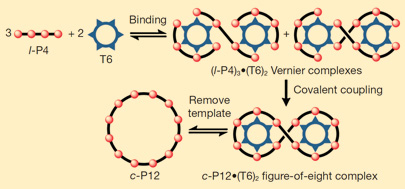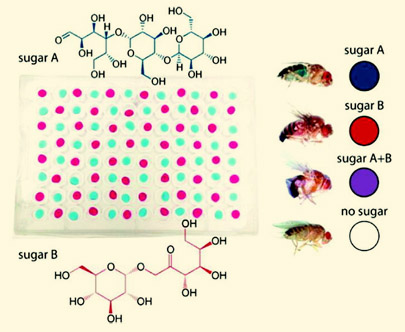I woke up to the news that
Ranbaxy India has launched it's first indigenously developed drug: Synriam. A drug for malaria treatment, it is a combination consisting of arterolane maleate 150 mg and piperaquine phosphate 750 mg. I was pleased to hear that India's drug discovery initiatives had matured enough to produce new drugs and that the drug companies were acting very responsibly by working on a poor man's disease. Naturally, I dug into the story a little more.
Ranbaxy's
press release (which is where most news sources have got their information from) claims:
- Synriam has been approved by Drug Controller General of India (DCGI) for marketing in India and conforms to the recommendations of the World Health Organization (WHO) for using combination therapy in malaria.
- Synriam has a high cure rate of 95%.
- Phase III clinical trials were conducted in India, Bangladesh and Thailand.
- Dose regimen is better than anything out there. Three pills over three days.
 |
Arterolane's chemical structure
Credit: Wikipedia |
So far so good. Out of curiosity I looked up the chemical structure of arterolane and was surprised to see that it features both an ozonide and an adamantane group in it. In all my synthetic organic chemistry work, I hadn't seen a drug like that. After all, organic ozonides (3 oxygen atoms in a 5-atom ring) are more explosive than organic peroxides (R-O-O-R)!
It turned out that Derek Lowe of the famous
In the Pipeline blog had
written about arterolane in 2009. At the time it was in Phase III trial, which I assumed were the trials that Ranbaxy was conducting. But it turned out that arterolane was developed by a collaboration between researchers in the US, the UK, Switzerland and Australia who were funded by the World Health Organization and Medicines for Malaria Venture (a Swiss non-profit). They published this work in
Nature in 2004 and further SAR (Structure Activity Relationship) studies in
J Med Chem in 2010.
So Ranbaxy did not develop the drug from scratch? But the press release quotes Arun Sawhney, CEO and Managing Director of Ranbaxy which misleads people to think so: "It is indeed gratifying to see that Ranbaxy’s scientists have been able to gift our great nation its first new drug, to treat malaria, a disease endemic to our part of the world. This is a historic day for science and technology in India as well as for the pharmaceutical industry in the country. Today, India joins the elite and exclusive club of nations of the world that have demonstrated the capability of developing a new drug".
So Ranbaxy mixes a known active compound (piperaquine) with a new compound that someone else found to be active (arterolane) and claims that they developed a new drug? In an
interview in LiveMint, Sawhney says, "Ranbaxy spent around $30 million on Synriam and the contribution from DST [India's Department of Science & Technology] was Rs.5 crore. The drug went through several phases of development since the project began in 2003. We did not look at this as a commercial development. Instead, this is a CSR [Corporate Social Responsibility] venture for us." That's a give away because developing a new drug from scratch has to cost more than $30 million + Rs.50 million. Why wasn't this put in the press release?
The initial high that I got from the news that Ranbaxy launches first 'made in India' drug just got murdered. India is yet to see a drug that it has 'indigenously' developed. I am sure that Synriam will do a lot of good for India and the many developing nations that suffer from a malaria epidemic, but it will be because of a 'made in India' drug not one that has been 'developed in India'. It's a shame that Ranbaxy did not acknowledge that the development of arterolane was funded by WHO and that their scientist have worked on developing a combination of two compounds both of which weren't developed in their lab. They should make it clear that they are claiming the combination to be a 'new drug', not the molecules that make up the combination.
Like an Apple product says, "Made in China. Designed in California.", Synriam should say, "Made in India. Developed by WHO + MMV + Ranbaxy."
UPDATE: Vidya Krishnan, LiveMint reporter who covered this story, answered my question about patentability. She said that Ranbaxy has a joint patent with the Government of India for the 'unique' combination that they have developed, not for arterolane itself.
UPDATE 2: I spoke to the lead author of the
Nature and
J Med Chem paper
Jonathan Vennerstrom who confirmed that MMV holds the patent for arterolane and has licensed it to Ranbaxy since 2003. Thus, the clinical trials mentioned in both the papers were Ranbaxy's work even though arterolane was developed by other researchers.




























